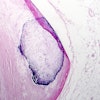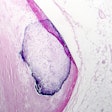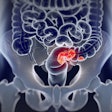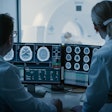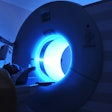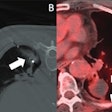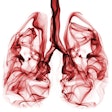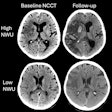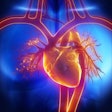Mitigating radiology workforce strain requires revisioning the specialty and adding new roles to manage imaging demand, according to a presentation delivered September 12 at the International Society for Computed Tomography (ISCT) 2024 meeting in Boston.
Geoffrey Rubin, MD, of the University of Arizona College of Medicine Tucson, offered session attendees an overview of key issues in the radiology workforce landscape, highlighting a 2024 consensus committee report from the American Society of Radiologic Technologists (ASRT) on the future of medical imaging and radiation therapy.
"What comes out of this document is that currently there's about an 11% annual resignation rate amongst the technologists, and this is illustrative of the stresses and challenges that are present within the field," Rubin said. "We are at a moment in time where we have the greatest number of vacancies across the field that we've ever had."
For CT technologists, specifically, the survey reported 18% position vacancies, with the number of people entering the imaging workforce dropping 20% since 2006 and worsening in 2020 with the COVID pandemic, Rubin explained. In addition, temporary workers are presenting challenges to delivering consistent, high-quality CT imaging.
Two new pathway positions have been proposed for relieving the pressure on radiologic technologists (RTs), he noted.
"One of the principles as we think about the workforce challenges is the workflow informing the workforce, how the workflow proceeds, and how tasks are segmented across individual participants on our teams," he said.
One new professional pathway could be a medical imaging aid position, filled by someone who would have a high-school education or some community college preparation. The role of the medical imaging aid would be to transport patients, take patient histories, obtain vital signs, start IVs, and screen patients.
"Thinking about the aggregated activities of an imaging medical aid, which very closely resembles a medical assistant who is not specifically trained in imaging, it may become more obvious exactly the role that we would have for someone like this in our departments," Rubin said.
The other role could be that of a limited x-ray machine operator. In this position, a person would have some community college preparation and would be qualified to perform all the tasks of the imaging medical aid but with additional responsibilities to position patients and even to expose patients in a limited list of radiographic procedures, as well as assisting in remote scanning for specific imaging modalities.
"This is an exciting step on the part of the radiology technologist to really think about revisioning the workforce for the future and to just not settle on the status quo," Rubin said. At the University of Arizona in Tucson, high school students are being introduced to the field and rotating through a variety of activities related to medical imaging.
University of Arizona also now offers a Bachelor of Science degree in medicine which allows people to pursue a career in medicine, either in preparation to become adoctor, a nurse, a radiologic technologist, an administrator, or an engineer. The department of radiology teaches a diagnostic technologies in healthcare course, principally around imaging technologies, for which 3,000 people have signed up, Rubin said.
"It is ultimately going to be important for all of us to have a local geographic perspective as we think about these recruiting principles," Rubin said, adding that there is a "rising crisis" in terms of the volatility of the radiologist workforce.
"We need to think about the full scope of workforce participants and consider how we can accommodate for a very limited pipeline in radiology training so that we can use radiologists as efficiently and effectively as possible and distribute activity across a broader range of the workforce," he urged.


